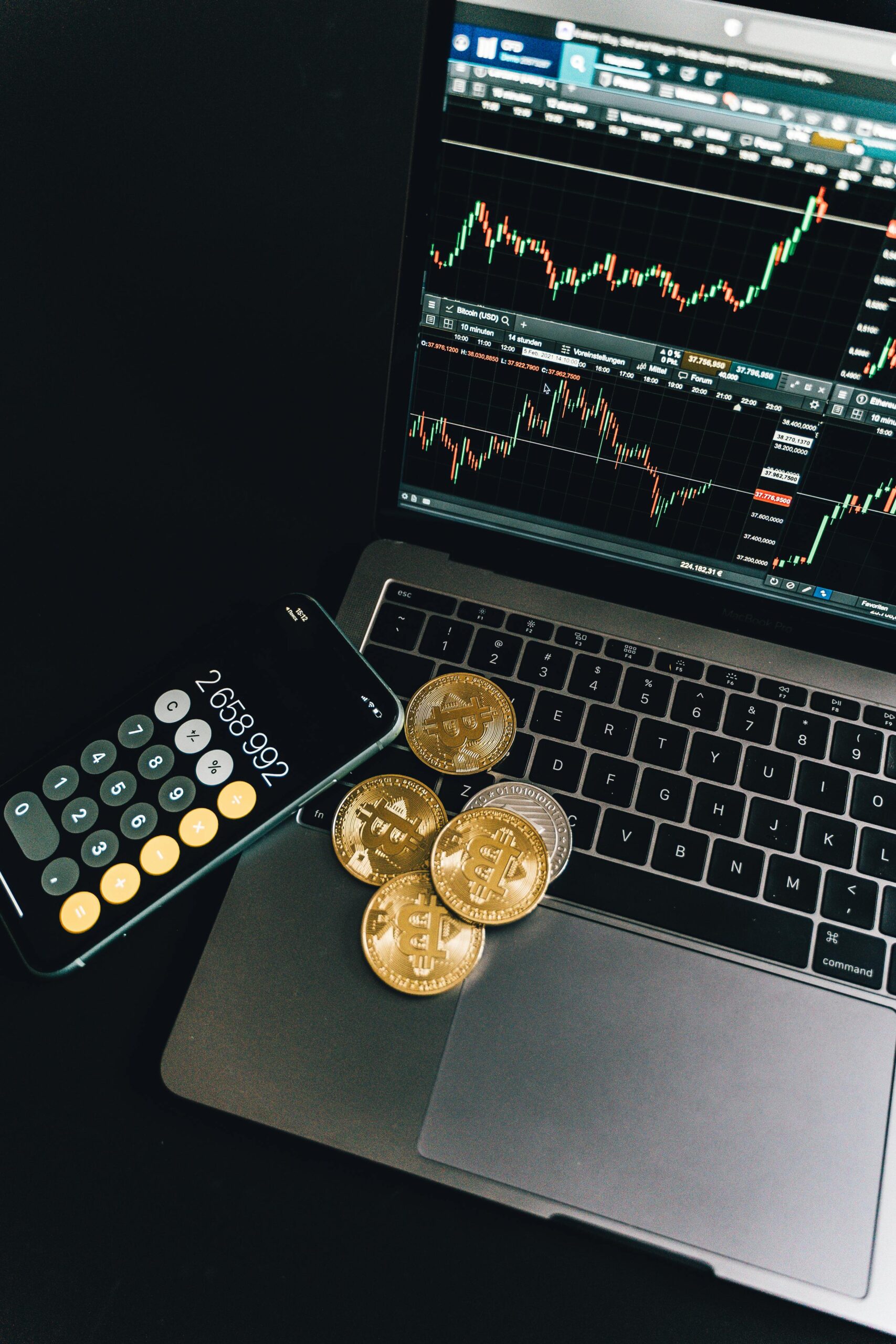AIDA KAPITA Bitcoin Trading Strategy
Strategy Overview

Bitcoin's remarkable growth over the last decade has indeed made it a standout asset class, outperforming traditional assets like the S&P 500 and gold. With a current market capitalization of approximately $2.27 trillion, Bitcoin has solidified its position as a major player in the financial world.

Limited Supply
The total supply of Bitcoin is capped at 21 million, with around 19 million currently in circulation. This scarcity contributes to its value and appeal.

Unique Nature
Bitcoin serves as both a payment instrument and a store of value, making it an attractive option for investors and users.

Institutional Adoption
The launch of Bitcoin ETFs and increasing interest from institutional investors have helped drive its growth.

Regulatory Clarity
Recent developments like the GENIUS Act, aimed at regulating stablecoins, may further boost Bitcoin’s adoption and value.¹
Key Factors Contributing to Bitcoin's Success:

Impact of the GENIUS Act:
The GENIUS Act, or Guiding and Establishing National Innovation for US Stablecoins Act, aims to establish a regulatory framework for stablecoins in the United States. This could have a positive impact on the crypto market by³

Providing Regulatory Clarity
Clear rules for stablecoin issuance and reserve management could increase investor confidence.
Boosting Adoption
Legitimacy and stability in the stablecoin market may attract more institutional investors and users.
Increasing Demand for Crypto Assets
Growing stablecoin usage could drive demand for other cryptocurrencies, including Bitcoin.
Potential Benefits for Crypto Assets
Several crypto assets may benefit from the GENIUS Act, including:

Decentralized Finance (DeFi) Tokens
Assets like $UNI (Uniswap), $CRV (Curve Finance), and $AAVE (Aave) could see increased adoption.

Layer 1 Tokens
Tokens like $ETH (Ethereum), $SOL (Solana), and $SUI (Sui) may benefit from growing stablecoin usage.

Stablecoin Issuers
Centralized stablecoin issuers like Tether (USDT) and Circle (USDC) could see increased demand and adoption.
Our Investment Overview - Bitcoin Trading
The AIDA KAPITA Bitcoin Trading Strategy aims to generate a minimum of 30% annual return in USD through a disciplined and systematic approach to trading Bitcoin. This strategy combines technical analysis, risk management, and market sentiment analysis to identify high-probability trading opportunities.
Strategy Components
Technical Analysis
Utilize a combination of short-term and long-term indicators, such as Moving Averages, Relative Strength Index (RSI), and Bollinger Bands, to identify trends and potential entry/exit points.
Risk Management
Implement strict position sizing and stop-loss rules to limit potential losses and protect capital.
Market Sentiment Analysis
Monitor market sentiment indicators, such as Bitcoin's dominance, trading volume, and social media sentiment, to gauge market trends and potential reversals.
Trading Rules
Entry Rules:
- Long positions: Enter when the short-term MA crosses above the long-term MA, and RSI is below 70. - Short positions: Enter when the short-term MA crosses below the long-term MA, and RSI is above 30.
Exit Rules:
- Long positions: Exit when the short-term MA crosses below the long-term MA, or RSI reaches 80. - Short positions: Exit when the short-term MA crosses above the long-term MA, or RSI reaches 20.
Position Sizing
Allocate 2-5% of total capital to each trade, depending on market conditions and risk appetite.
Risk Management
Performance Metrics
Return on Investment (ROI)
Target a 30% annual return in USD.
Sharpe Ratio
Aim for a Sharpe Ratio of 1.5 or higher to ensure excess returns over the risk-free rate.
Maximum Drawdown
Limit maximum drawdown to 20% to protect capital.
Monitoring and Adjustments
By following this strategy, AIDA KAPITA aims to generate a 30% annual return in USD while minimizing risk and maximizing returns.
